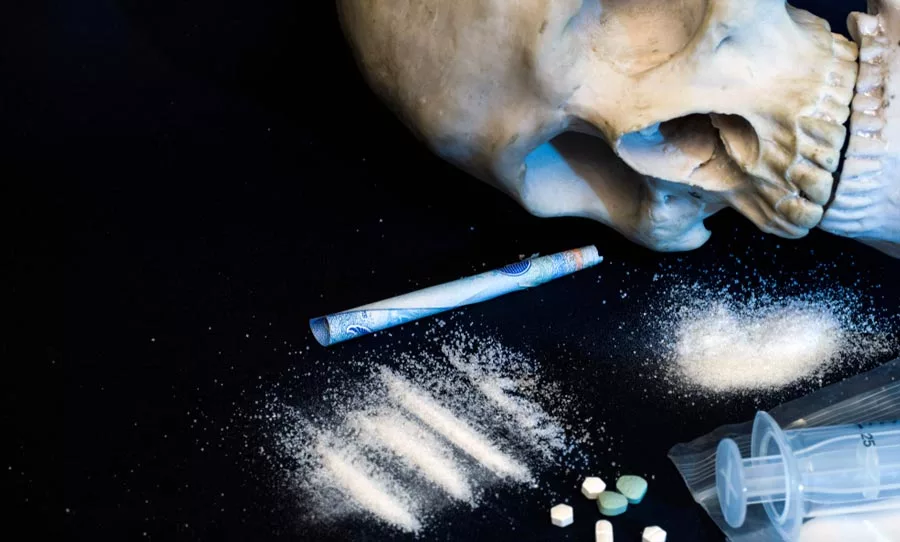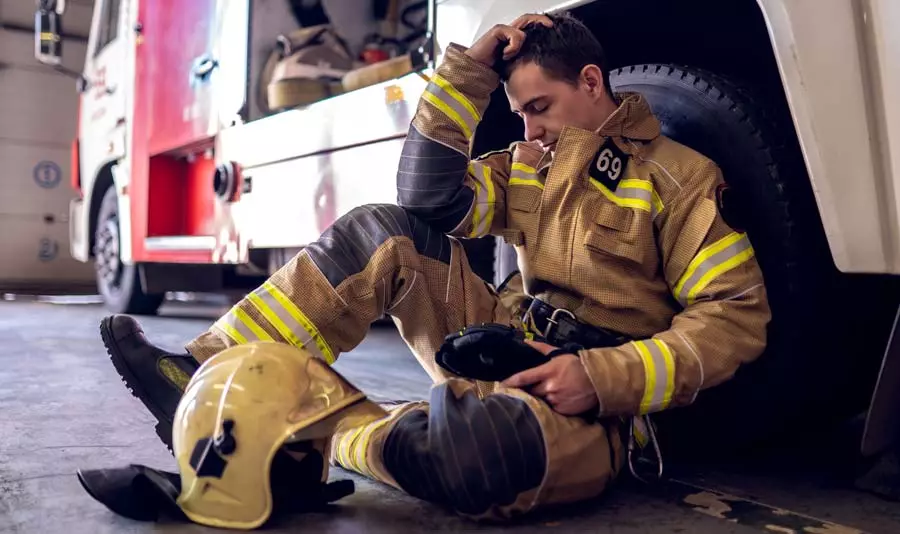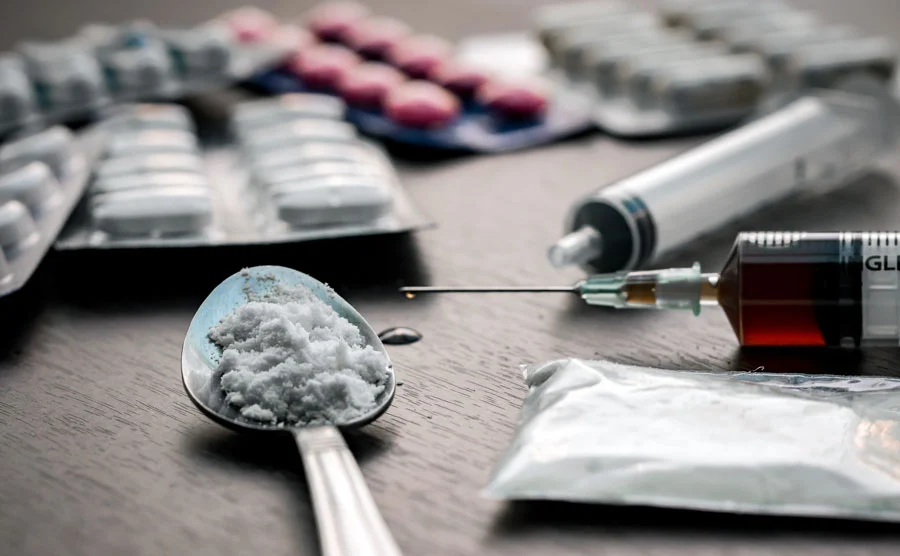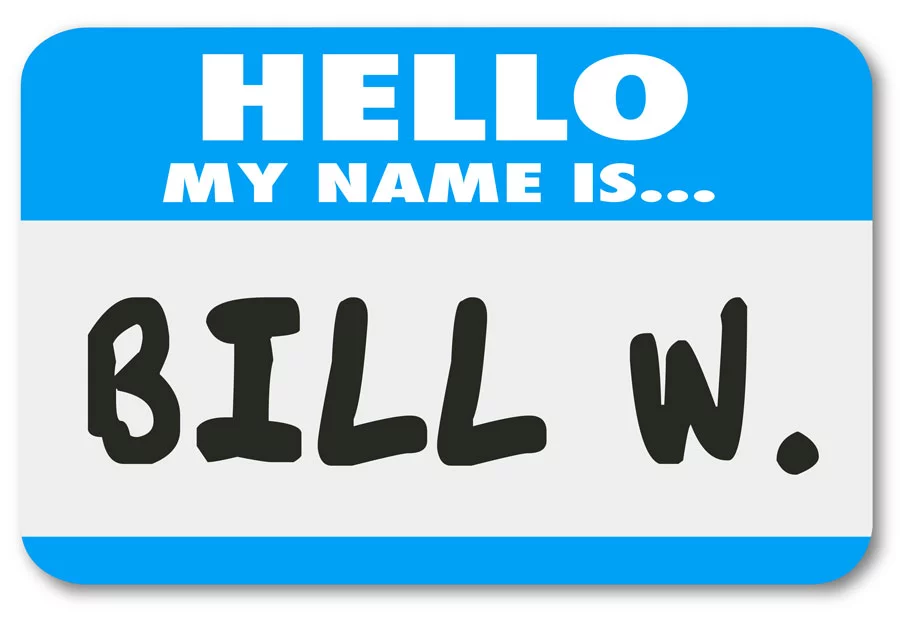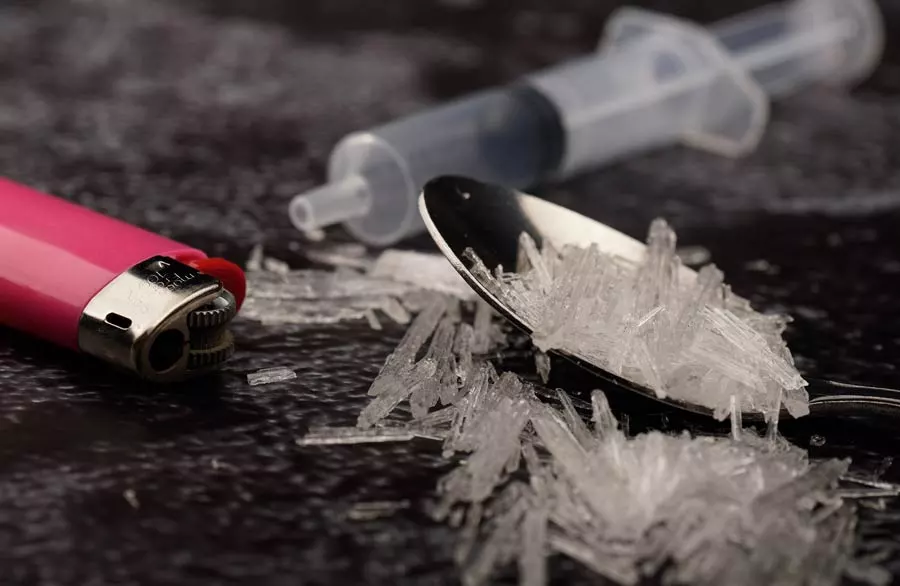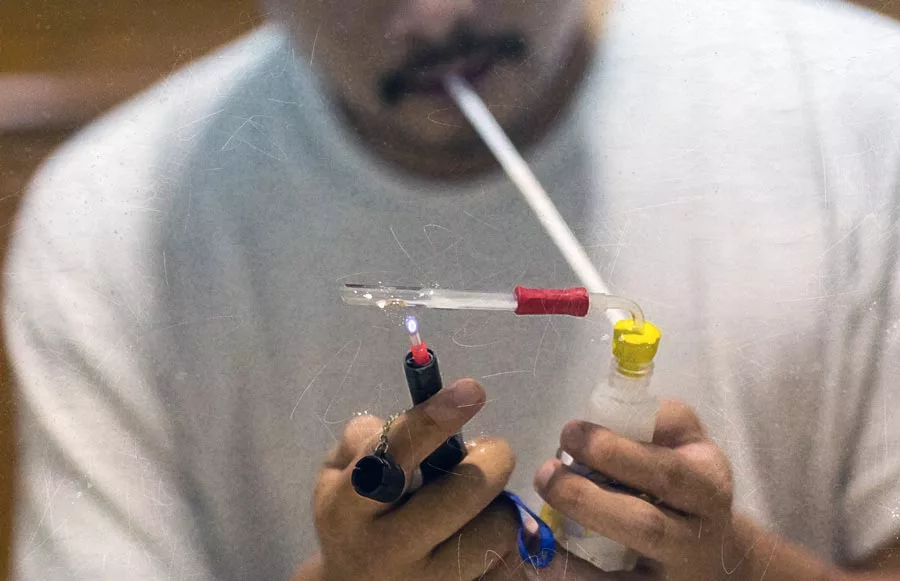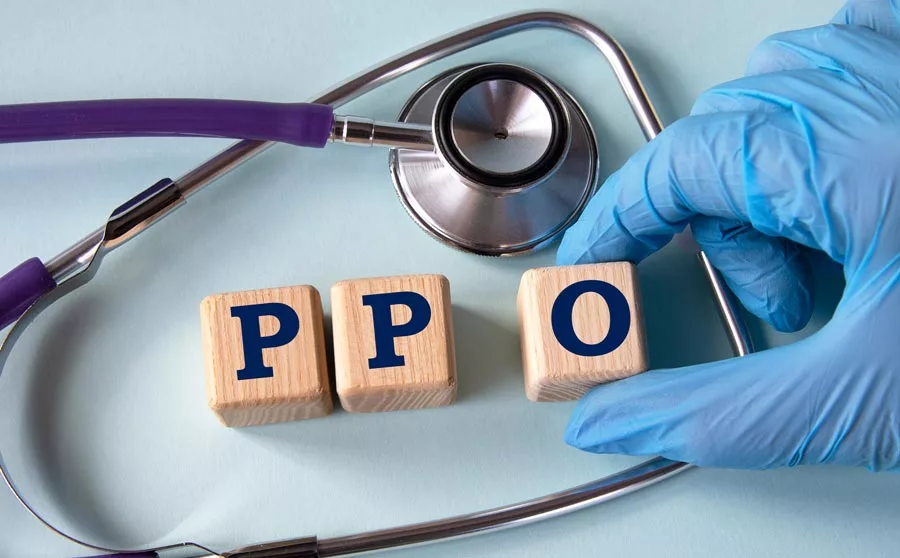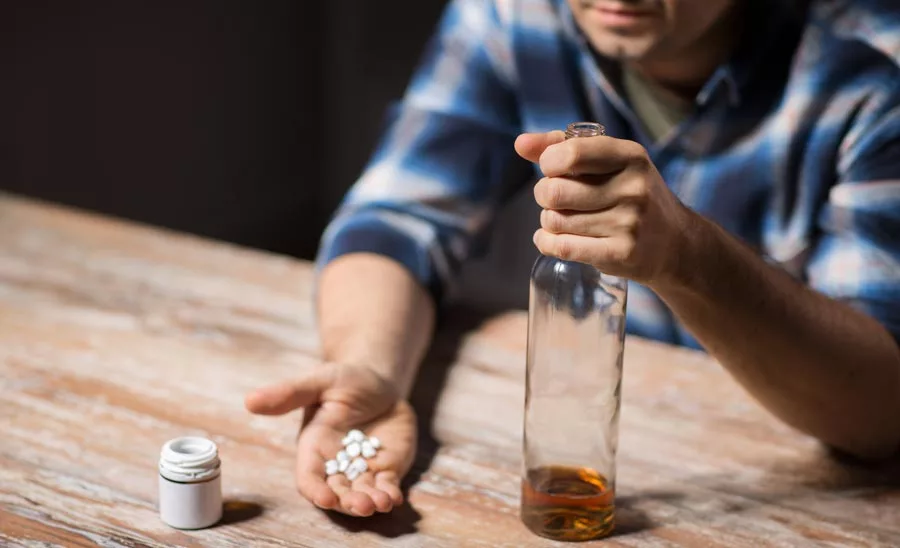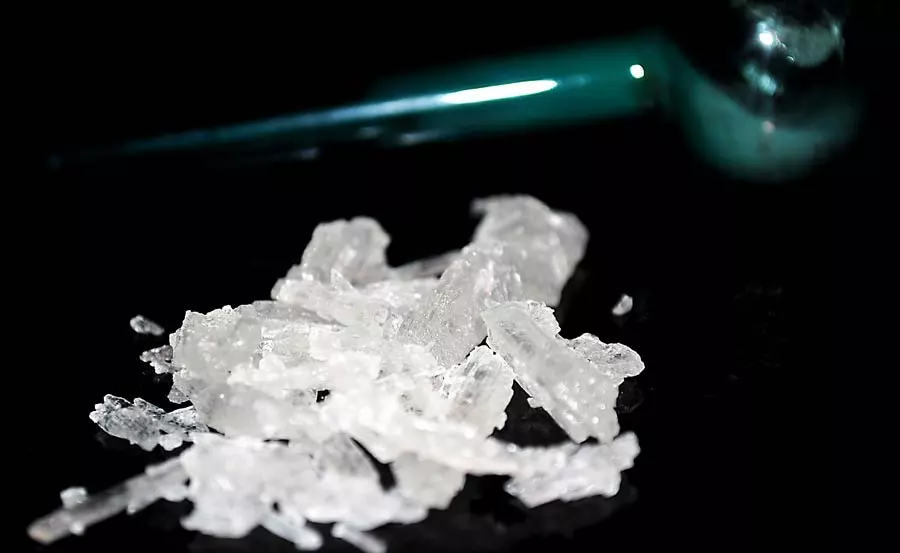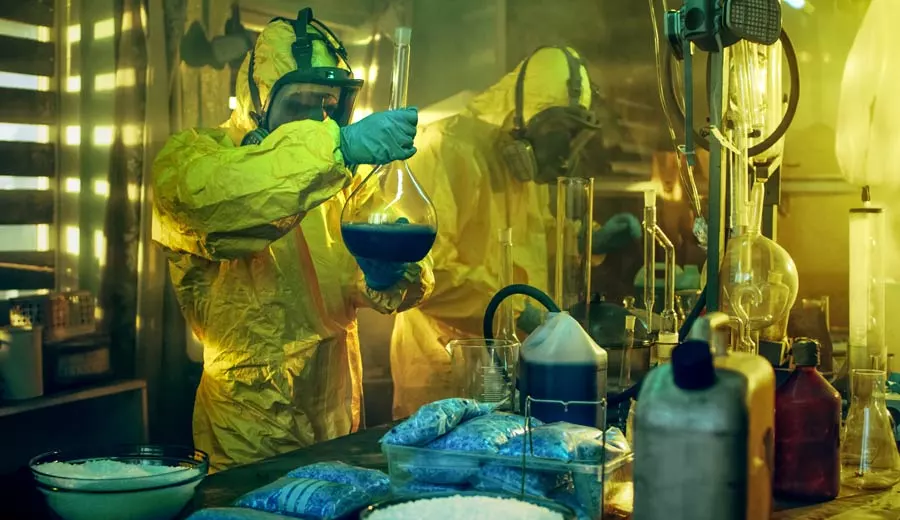Get Answers and Treatment Options for Meth Abuse
Methamphetamine or meth is readily available in the United States. However, the highest availability is in the Midwestern and Western regions of the country. This is where many people have seen a loved one struggling and wondered: can you snort meth?
Data from the Arizona Criminal Justice Commission reports that the task force seized over 4,500 pounds of illicit meth in 2019, a sharp increase from the previous year. This significant increase in people abusing meth comes despite various federal and state-level actions aimed at restricting the production and distribution of this highly addictive substance.
Meth has devastating effects on the lives of users and their loved ones. Understanding the reason for the continued high prevalence of the drug in the Grand Canyon State is crucial when determining what to do to combat its harmful impact on residents.
There is a wide range of treatment options for meth abuse. Methamphetamine addiction treatment often involves detox, therapy, counseling, and aftercare services from a rehab center.
If you or a loved one is struggling with meth addiction, our addiction treatment providers can help you get your life back on track.
Keep reading to find out more about effective programs for recovery from meth, and how Best Rehabs In Arizona Recovery can help you get your recovery started today!
What Is Meth?

Methamphetamine or meth is a highly potent and addictive psychostimulant that affects the central nervous system (CNS). It is a white, odorless, crystalline drug that is odorless and bitter.
Developed from amphetamine in the early 20th century, meth was sold by pharmaceutical firms as a nasal decongestant and respiratory stimulant. Some medical disorders that doctors may prescribe amphetamine for include obesity and attention deficit hyperactivity disorder (ADHD).
Methamphetamine is commonly abused because of the intense high it delivers. However, meth abuse negatively affects your health and can be fatal. The armed services widely used this drug during World War II to boost morale, alertness, and endurance.
Time revealed that methamphetamine was a highly addictive drug. So, the Drug Enforcement Administration in the United States classified the drug as a Schedule II controlled substance because of its high potential for abuse.
Methamphetamine is banned unless a doctor prescribes it for some specific medical conditions. It is highly addictive and easy to manufacture, making it a persistent problem in the drug market.
Consumption for an extended period has disastrous impacts on the user and has negatively impacted whole communities as well.
How do People Use Meth?
Methamphetamine can be manufactured in several forms. This drug can be used in many ways, including smoking, sniffing, injecting, or orally ingesting pills. Injecting meth poses a serious risk of contracting hepatitis and other blood-borne diseases.
According to the National Institute on Drug Abuse (NIDA), the preferred route of meth use varies widely by geographical location. However, a significant percentage of people snort meth. The short-term and long-term effects of meth differ depending on the mode of administration, but all are harmful.
Meth misuse usually follows the “binge and crash pattern,” in which the user attempts to sustain their high by taking many hits in rapid succession. Some users will “run” or engage in a sort of binge, in which they take meth continuously for many days without refueling their bodies with food or sleep.
Can You Snort Meth? Answers to Meth Questions

Meth is often produced in illegal labs at home using everyday ingredients like:
- Pseudoephedrine or ephedrine, which is the main ingredient in meth and found in common cold medications
- Drain cleaner
- Battery acid
- Acetone
- Iodine
- Ether
- Lithium
- Paint thinner
This drug is produced in varying forms, including a solid rock-like formulation known as crystal meth, a liquid, or a powder usually snorted.
Although snorting meth may produce a less intense effect or a lesser high than other routes of administration, such as an intravenous (IV) injection, people who snort meth can experience a wide range of adverse effects.
What are the Dangers of Snorting Meth?
Dangers of snorting meth include:
- Sinus damage
- Nosebleeds
- Damage to nasal tissues
- Nose lining damage
- Elevated heart rate
- Increased body temperatures
- Risk of meth addiction and physical dependence
The Short-Term Effects of Snorting Meth
The effects of methamphetamine abuse are temporary and only present during use. Meth and other stimulant drugs influence the central nervous system, leading to elevated heart and respiration rates, body temperature, and blood pressure.
According to the National Institute on Drug Abuse (NIDA), methamphetamine’s short-term effects can last anywhere from eight to twenty-four hours, or even longer in those who repeatedly take the drug on binges.
Snorting meth may also have the following short-term effects:
- Intense rush of euphoria
- Heightening of consciousness, vigor, and activity
- Increased energy
- Dry mouth
- Dilated pupils
- Intense perspiration
- Decreased appetite
- Sleeplessness
- Nausea, diarrhea, or vomiting
- Increased body temperature
- Preoccupation with meaningless routines
- Muscle tension in the jaw
- Irregular and even potentially harmful conduct
- Paranoia
- Tremors
- Irritability
Other short-term effects of methamphetamine use include seizures and abrupt death because of the drug’s strength and impact on the body.
Long-Term Effects of Snorting Meth

Snorting meth for an extended period can cause severe effects. People who abuse meth in binges may go for days without sleeping or eating, a condition known as tweaking.
Below are some of the long-term damage and effects of chronic use of meth:
- Depression
- Anxiety
- Confusion
- Delusions
- Memory problems
- Mood swings
- Self-harm thoughts
- Risk of heart attack
- Psychosis
Chronic meth use can also lead to skin sores. These sores are primarily caused by excessive scratching caused by a condition known as meth bugs. This condition makes users feel like they have bugs under their skin. Another long term effect of meth mouth.
What Is Meth Mouth?
If you’re addicted to meth or methamphetamine, you probably have meth mouth, which is a term for tooth decay and poor oral health. This condition is the result of acidic dental decay and drug-induced physical alterations that occur with meth use. It is often referred to as a “dentist’s worst nightmare.”
Meth mouth, along with other changes in facial features and skin damage from snorting or smoking meth, is one of the most noticeable physical changes that occurs when someone consumes meth.
Signs of Meth Mouth from Snorting and Smoking Meth
Meth mouth is characterized by severe tooth decay and gum disease. The teeth of chronic meth users are often rotting, crumbling, and blackened. Below are the common signs of meth mouth:
- Black rotting teeth
- Bad breath
- Bruxism
- Xerostomia
- Cracked, loose, or missing teeth
- Lockjaw
- Gum disease, gingivitis, and periodontitis
- Carious lesions
Contact us today for professional medical advice on how to stop snorting meth at our treatment center.
Detoxing from Methamphetamines with Support

Medically supervised detox programs can assist a person in safely withdrawing from methamphetamine, so they can move on to a more permanent treatment program. However, there are no approved drugs for treating methamphetamine withdrawal symptoms like intense cravings.
A person undergoing medically supervised meth detox will have their vital signs constantly monitored to ensure they remain within safe ranges. Medical professionals can ensure that a person undergoing meth detox receives the fluids, adequate nutrition, and supplements needed to restore physical health. This is because many people going through meth detoxification become very dehydrated and may already be malnourished.
Treatment for Methamphetamine Addiction
Methamphetamine is so potent that it usually necessitates a comprehensive inpatient addiction treatment program for people to break free from addiction and stay clean. When someone receives inpatient care at our drug and alcohol rehab center, they can live at the facility while obtaining the best quality of medical care and treatment assistance available. This helps ease the withdrawal symptoms through supportive treatment
Those who don’t have a robust support system or don’t get intensive therapy for their addiction often relapse after abstaining from meth for some time. Although everyone’s experience with recovery is unique, studies have indicated that those who stay in treatment for at least 90 days have the best chance of achieving their long-term recovery goals, such as maintaining sobriety.
Some of the best and most comprehensive addiction treatment available can be found in inpatient programs at Best Rehabs In Arizona. Long-term sobriety from methamphetamine abuse is possible with the help of individualized substance abuse treatment programs that may incorporate a wide variety of therapies, counseling, medication, group participation, arts and recreation, and aftercare services.
Get Help for Meth Abuse at Best Rehabs In Arizona Recovery
Drug abuse and addiction can be challenging to beat, especially with meth. However, there are various evidence-based methods for treating methamphetamine abuse and addiction, such as behavioral therapy. The professionals at Best Rehabs In Arizona can help determine the best treatment approach for your addiction or drug use.
Reach out now for a confidential discussion about options if you or a loved one are struggling with meth use!

